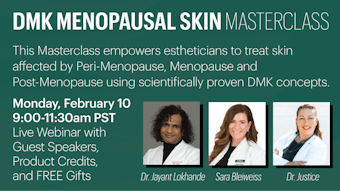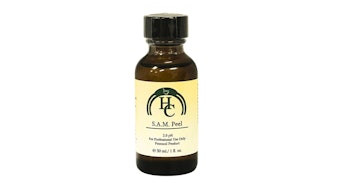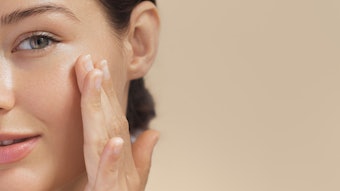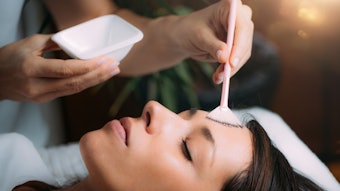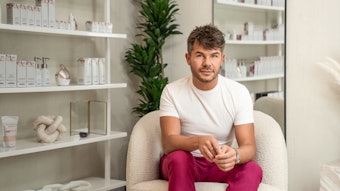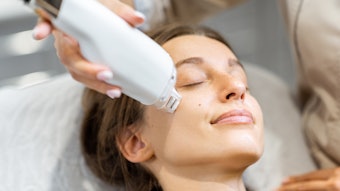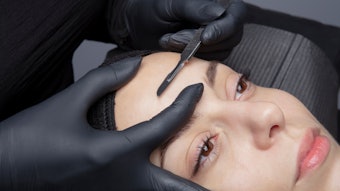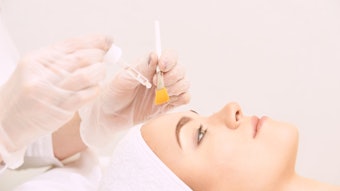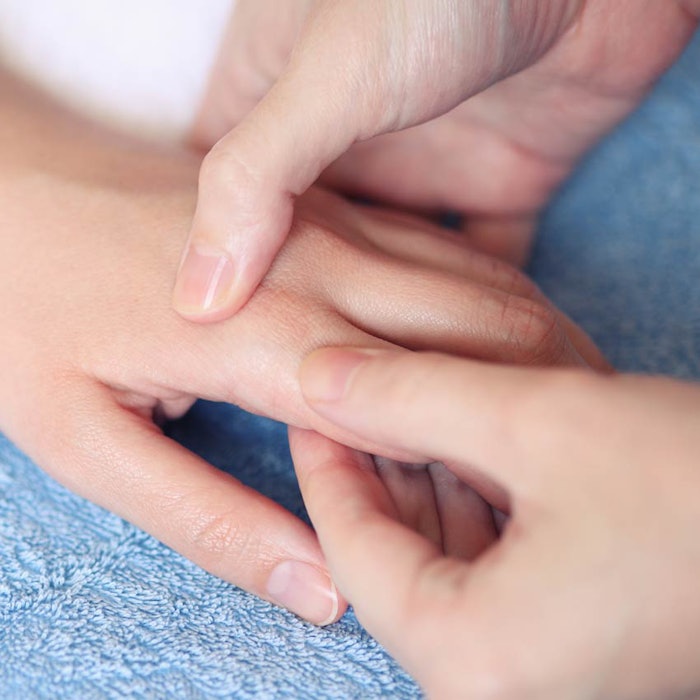
A little extra goes a long way. I had a soccer coach who always told me that extra is the difference between ordinary and extraordinary. I was terrible at soccer, but that is not the point. In the customer service business, that little extra can mean the difference between lost opportunity and a repeat client. During a recent facial, my esthetician not only offered to custom blend my facial mist—I couldn’t decide between citrus and fresh—but she also gave me a relaxing hand, arm and shoulder massage while I waited for my mask to set. I’ll be going back.
To have repeat clients, spas need to have that little extra—that service, add-on, refreshment, facility access, etc.—that makes their client feel special and ensures their return.
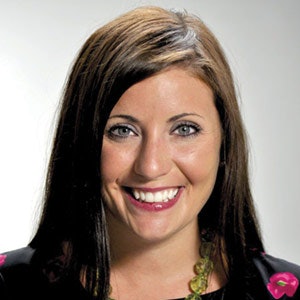
In recent years, this extra has often been the incorporation of wellness practices and offerings into a spa. This can be yoga, nutritional guidance, aromatherapy, etc., with the ultimate goal of making the client feel better in addition to looking better. One such trending wellness practice is salt therapy. Also known as halotherapy, this treatment has been shown to have respiratory, muscle and even skin benefits. Breaking down the basics of halotherapy on Page 54 is Leo Tonkin, chairman of the Salt Association.
Although salt therapy has become popular only in recent years in the United States, it has been booming in Europe since the mid-1900s. Tonkin reviews the different salt installations, but stresses the use of a halogenerator for maximum benefits. With both health and skin benefits, salt therapy has the unique ability to make the client look and feel good.
Ramping up that extra in their spa for some has meant the addition of medical esthetic practices. The addition allows the skin care professional to provide a new level of efficacious treatment under the supervision of a physician, but this extra doesn’t come without its challenges. Oftentimes, it is difficult to figure out where to start. Luckily, Lisa Jenks, M.D., founder of Genesis MedSpa, breaks down the seven steps needed to incorporate medical esthetics into a spa on Page 60. She breaks down steps such as hiring a medical director, getting insurance and managing charts in an understandable way.
The addition of extra services and treatments in a spa often involves new devices, particularly in medical esthetics. Choosing the right device isn’t always a cake walk, though. Heather Hickman simplifies this process on Page 70. Most of these devices, of course, involve detailed safety protocols. Lasers and light devices particularly must be used with extreme caution, as outlined by Terri Wojak on Page 38. Practitioners must adhere to proper safety protocol and wear the appropriate eyewear, without which there can be severe outcomes.
If you choose to go that extra mile, make sure you do your research and choose something that is meaningful for you and for your clients—it can make all the difference.
Yours in education,

Katie Anderson
